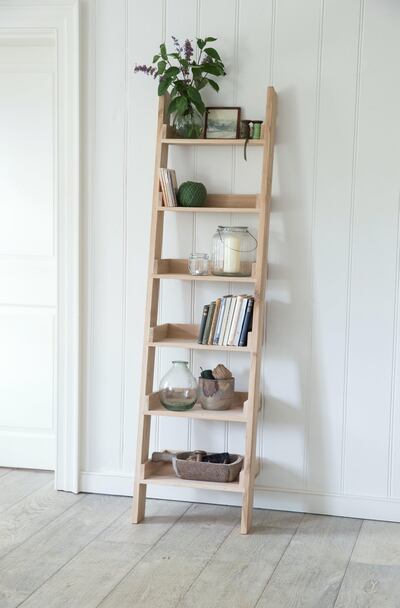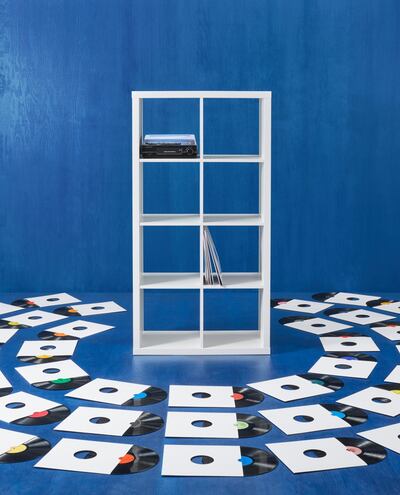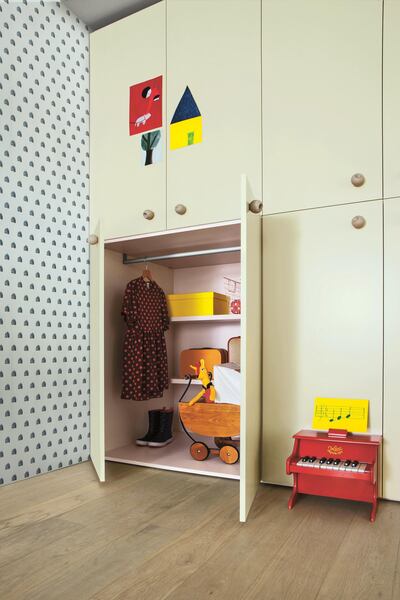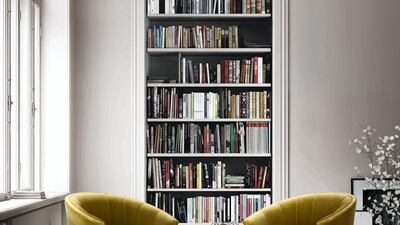When it comes to buying furniture, there are two broad categories to choose from: freestanding and built-in. Which is right for you? Ask yourself the following questions to find out.
Are you a homeowner or renting?
Rented accommodation in the UAE often includes built-in storage. But if you're adding furniture of your own, make sure you can take it with you when you leave. It doesn't make sense to spend money on fitted items that another tenant – or Take My Junk – will benefit from when you're moving out. Plus, your tenancy contract probably means you're not allowed to change the structure of the property by adding built-in units.
Are there children in the house?
One big factor in any house where young children live (or visit frequently) is safety. While fitted furniture is fixed firmly to walls and floors, there is a possibility that freestanding items might tip over if a child gets too inquisitive and try to climb up or pull on it. This is especially true with pieces that have a high centre of gravity, such as tall cabinets or bookshelves.

Where you do have such items, it's worth affixing them to something – for example, you can easily attach a bracket to a bookshelf, connecting it to the wall behind so it becomes secure.
Do you need to maximise your storage space?
Built-in furniture maximises space, filling every nook and cranny so nothing is wasted. Where a shop-bought cabinet might sit within a recess leaving a gap at each side, a built-in unit can stretch right across and up as high as you like.
Built-in is often naturally bigger anyway – think a long stretch of kitchen units rather than an individual pantry, butcher's block and so on. To get the same storage space with individual freestanding items, you'd end up with a cluttered and cramped-looking room.
Is your space open-plan?
An advantage of freestanding furniture is that it need not fit against a wall or within a recess, as inbuilt does. So you can use it to create pseudo walls within your open-place space, aesthetically denoting different areas for living, dining or working, for example. Consider a freestanding shelving unit such as Ikea's popular Kalax.

Position one at a right angle to your wall, between the space occupied by the dining table and the sofas, and you've got a divider that still lets light through and doesn't disrupt the flow of the room.
Do you need flexibility?
There are many reasons why you might not feel confident about making a permanent decision when it comes to what storage goes where. For example, if you've got a growing family, then the needs of each room are likely to change. The study might become a nursery, which in turn becomes a room for two siblings, while the study space needs to be fitted into the master bedroom. Or perhaps you just change your mind frequently and like to mix up your style every now and then. In that case, freestanding furniture, which is so much easier to move, is definitely your friend.
Does your home have too many awkward spaces?
If you live in a relatively modern building with plenty of straight lines, getting shop-bought freestanding items of furniture that fit into your space won't be too much of a challenge. But if you have a period property or simply a creatively shaped apartment, with more angles, curves, alcoves and other nooks and crannies, it might be harder to find items that fit. That's where fitted can be useful. A good joiner will be able to design shelving or cupboards for the deadest of dead spaces, giving you storage where you thought you couldn't have it.
Have you got limited floor space?
Where freestanding furniture has, by definition, got to stand on the floor, fitted furniture can be fixed to the wall, leaving you with more floor space. This may not strictly give you more room, but it will certainly give the illusion of your space being bigger and less crowded. This is a trick used by designers in small bathrooms, with toilets and sinks being plumbed directly into the wall, for example, rather than mounted on pedestals.

Do you like a vintage style?
Built-in furniture will naturally be fitted new, so if you prefer a vintage look, you'll want to stick with freestanding. This will allow you to pick up items here and there, at flea markets and antique stores, on eBay or Facebook marketplaces, growing your collection as you go along. You'll also be able to move these treasures around with each addition and, if you move out, you can take them with you when you go.
Are you a clothes horse?
When it comes to bedroom storage, a freestanding wardrobe is only going to get you so far. And unless you want to try cramming two or more of them into the same room – which would be a quirky look, to say the least – you’ll want to think about built-in. Doing so will also allow you to create spaces for shoe storage and, if you extend your built-in wardrobe up to the ceiling, you can draw up shelves or cabinets at the top for things such as bedding, towels, perhaps even a spare suitcase or two.
What do you prefer?
In the end, the most important factor to consider is your personal taste; you need to feel comfortable and happy in your home. If a happy jumble of mismatched freestanding items makes you feel comfortable, go for it. Likewise if you want to streamline your look with minimalistic built-in units, that’s good, too. Just be sure you’ve thought through all the implications before you start shopping or measuring.

